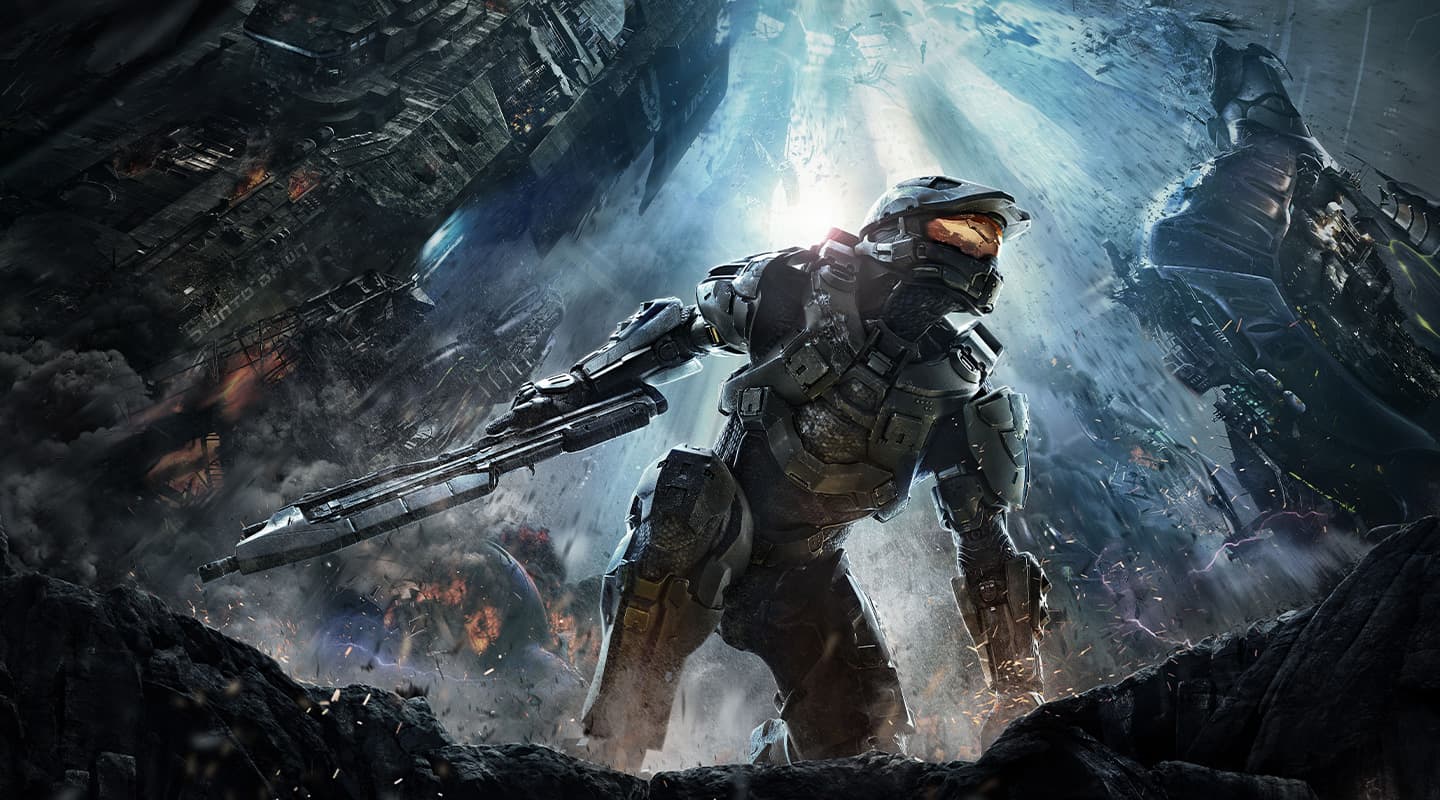
A Ring To It: Revoicing Halo for the Xbox One
Halo: The Master Chief Collection updates the entire Halo series for Microsoft’s XBox One platform, dragging over a decade of audio technology into the future and necessitating a return to Skywalker Sound.
Story: John Broomhall
Nearly 15 years ago, Microsoft launched its first videogame console, the XBox. A landmark in game audio history, its dedicated sound hardware positioned it very favourably in the race for high-quality music, cinematic sound and credible dialogue in games. It even boasted real-time 5.1 encoding of in-game sound FX. Audio for games was coming of age.
The poster child for this audio revolution was Halo, whose original release showed just how engaging and powerful the aural experience of games could be, a point it proved through multiple releases in the beloved series, over two generations of Microsoft consoles.
But what about Halo fans kitting out their dens with Microsoft’s third, latest, and even more powerful videogame station — the XBox One? Enter Halo: The Master Chief Collection, an audacious ‘nu-gen’ homecoming for the franchise, billed as the ‘definitive Halo experience’ and featuring a re-mastered Halo 2: Anniversary, along with Halo: Combat Evolved Anniversary, Halo 3, Halo 4, Halo: Nightfall (the live-action digital series made in partnership with Ridley Scott), and access to the Halo 5: Guardians Multiplayer Beta.
Paul Lipson, Senior Audio Director for 343 Industries/Microsoft Studios managed and directed the audio team through this gargantuan undertaking. Lipson: “I’ve been a huge Halo fan since the original release, Combat Evolved. An innovative and aesthetically groundbreaking title which transformed the way I look at game audio; a creative landmark. However, moving Halo 1-4 over to XBox One with a brand new unified UI and at 1080p/60 frames a second was a Herculean task. We were looking at four different integration schemes and audio engines that needed to play nice together. Meanwhile, Halo 2: Anniversary hitting its 10th anniversary was a massive project in itself, with a full update of all audio content — 198 minutes of all-new music, over 16,000 new sound and foley assets, and 58 minutes of all-new cinematics with bespoke post-production content.
“One of the coolest features in Halo 2: Anniversary is that we included both the legacy sound and the new sound — literally two complete sound trees running side-by-side. You can play the game in remastered mode and do all the fun things like dual-wielding weapons, then instantly switch to the legacy content running in perfect parallel. It’s quite astounding and really showcases the power of the XBox One and how far game audio has come in a decade.
“Looking back, I’m amazed at how much we accomplished. We never sacrificed audio quality — from the very first note recorded to the very last moment of mixing. Bringing all of this amazing talent together and focusing our collective energies to make something this cohesive is certainly a bright moment and a satisfying feeling.”
Moving Halo 1-4 over to XBox One with a brand new unified UI and at 1080p/60 frames a second was a Herculean task — 198 minutes of all-new music, over 16,000 new sound and foley assets, and 58 minutes of all-new cinematics
SKYWALKER BOUND
Lipson partnered with Skywalker Sound and multiple Grammy Award-winning engineer, Leslie Ann Jones, to record 85 members of the Skywalker Symphony Orchestra (players from the San Francisco Symphony and Ballet), 40 singers from the SF Opera Chorus, and 28 singers from the Boys Chorus. He also commissioned two new cues from guitarist/producer Misha Mansoor (Periphery, Animals As Leaders), and brought back guitar hero Steve Vai for work on the main themes.
Lipson: “We have a strong relationship with the American Federation of Musicians (the largest musicians’ union in North America), and we’ve had great success recording with them. They love games — and it’s fun to hear them come in after a night of playing Mahler or Rachmaninov and say, ‘wow, it’s so awesome to stretch out and play this amazing music’. The AFM players have been instrumental in helping us shape the gorgeous sound of our Halo soundtracks. Leslie Ann Jones and the Skywalker Sound team also make all the difference — their expertise coupled with one of the finest recording environments in the world really brings the music to life. I’m lucky to be working with such a talented group of people, and I think our results reflect that.”
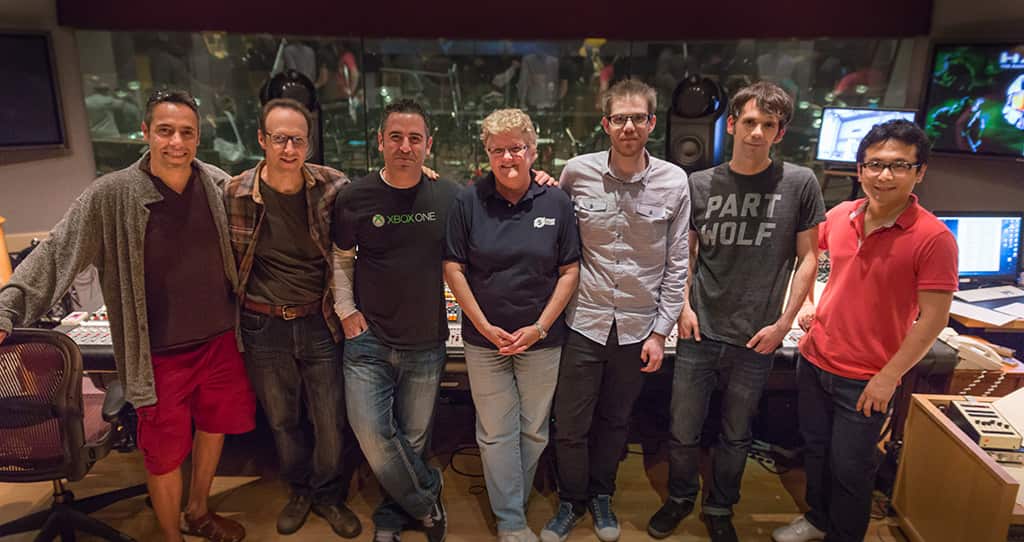
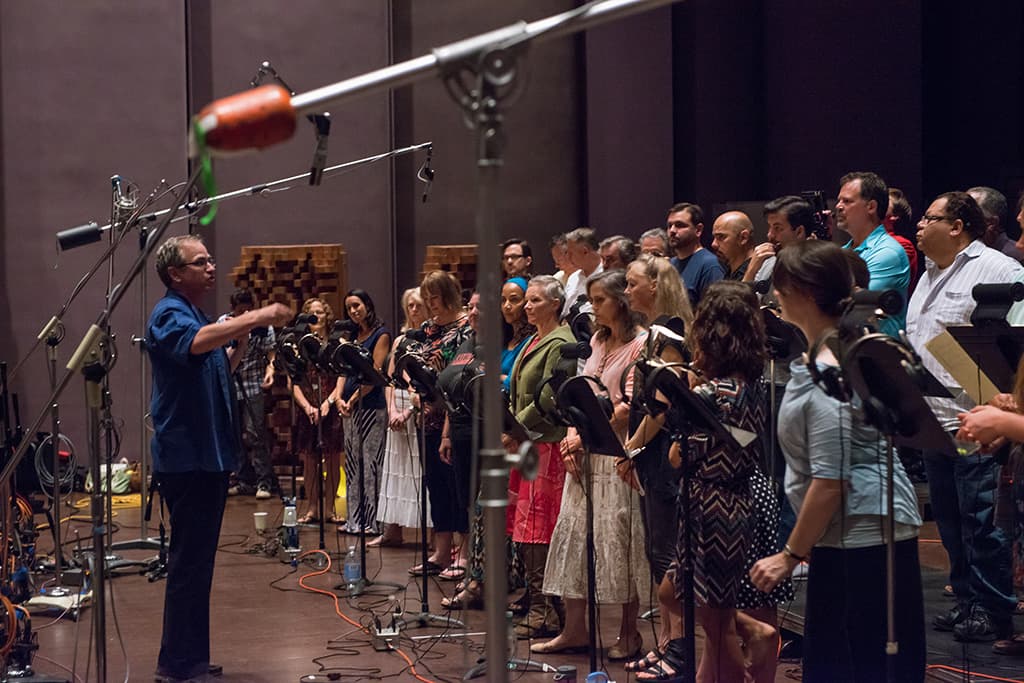
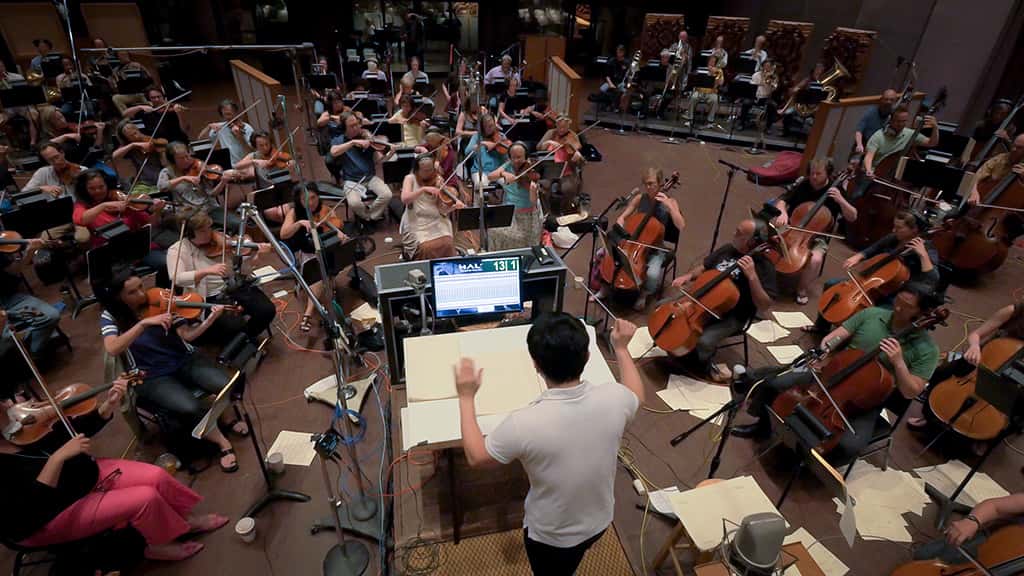


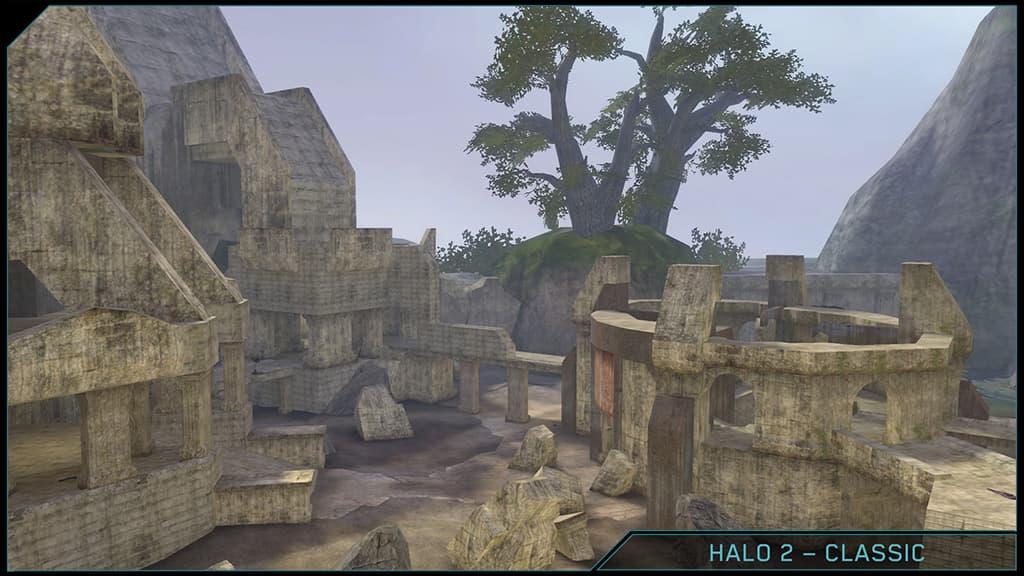




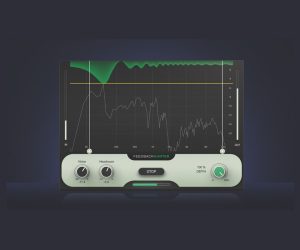
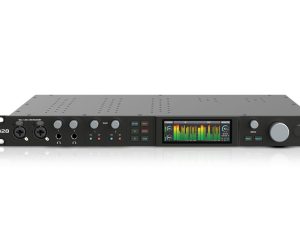

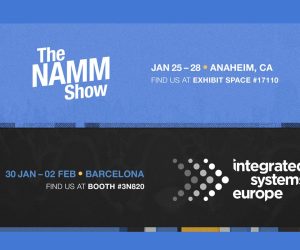
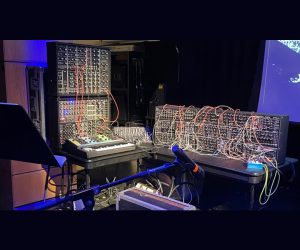

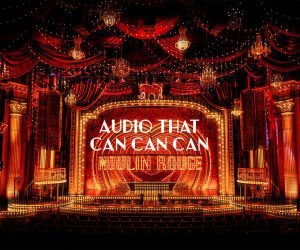

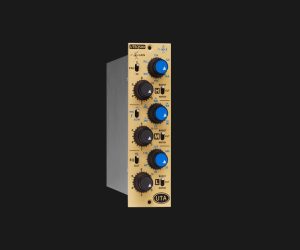

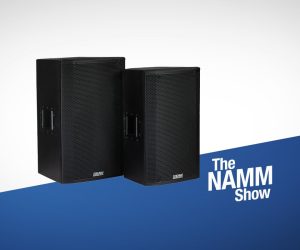
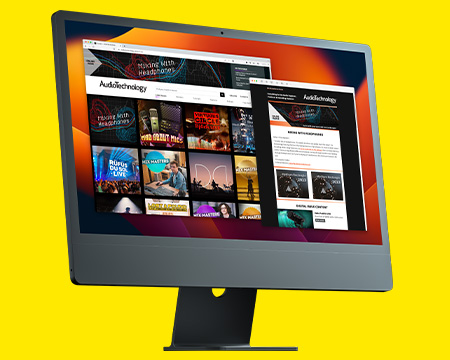
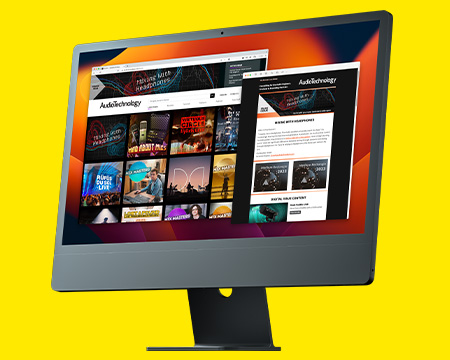
RESPONSES